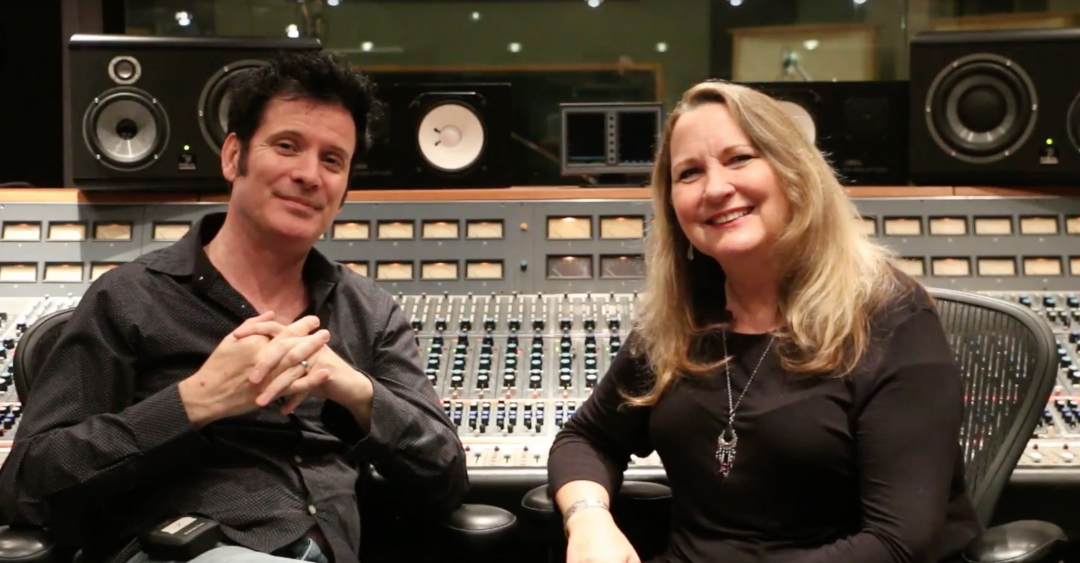Like so many of us growing up, I obsessed with music. My first musical loves were all Production Masterpieces. Queen’s ‘A Night At The Opera’, Supertramp’s ‘Breakfast in America’, ELO’s ‘Out Of The Blue’ and Steely Dan’s ‘Aja’.
Our interview today is with Lenise Bent.
Mentored by luminaries and being not only one of the first female engineers in Los Angeles, she is one of the best engineers ever!
In the interview, Lenise tells us about coming up as one of the first female recording engineers and getting her feet wet with recording in Leon Russell‘s home studio.
After finishing engineering school, Lenise got a job at Village Studios, where she worked with some if the greatest bands of the 70s and 80s: We talk the making of Supertramp’s two-time Grammy awarded album ” Breakfast in America”, drum recording techniques and taking 12 DAYS! for finding the perfect drum sound.
We move on to talk about the production and recording process of Blondie’s “Autoamerican” album and the hit single “The Tide Is High”, which was the most successful song in England in 1980.
Lenise tells us how she was diagnosed with belly cancer during the recording phase of Blondie’s album, but managing to stick through it because she wanted the credits so badly. Fortunately she was eventually able to beat her cancer!
At the end of this interview, we discuss the music production process back in the day, recording and automating using tape.
In the 1980s, there was no such thing as a recording engineer and a “mixer”. The recording engineer was working to achieve their vision for the record from the beginning, sculpting sounds and bringing it all together in the final mix.
This process is very similar to most home studio owners today and there is one big takeaway:
Have a vision for the song, commit to the sounds you are looking for and gradually work towards your goals with every step of the production process: from practicing your parts and delivering the best possible performance, to capturing the sounds you want to hear as close as you can get them and giving your tracks the final polish with your mix.
By working that way, you’ll have more fun, be more efficient and turn out better songs in the end!
We filmed this interview at DiaDan Studios in the Evergreen stage, which was built by Barbra Streisand and has a an amazing live room and console. We’ll and we’ll be back to do a tour of the studio very soon!
I hope you enjoy this interview.
Learn from the Pros – More Interviews & Studio Tours:
Please leave any questions you have for Lenise below. She promised to get back to us and answer them!
Have a marvellous time recording and mixing,
Warren
[subscribe]
